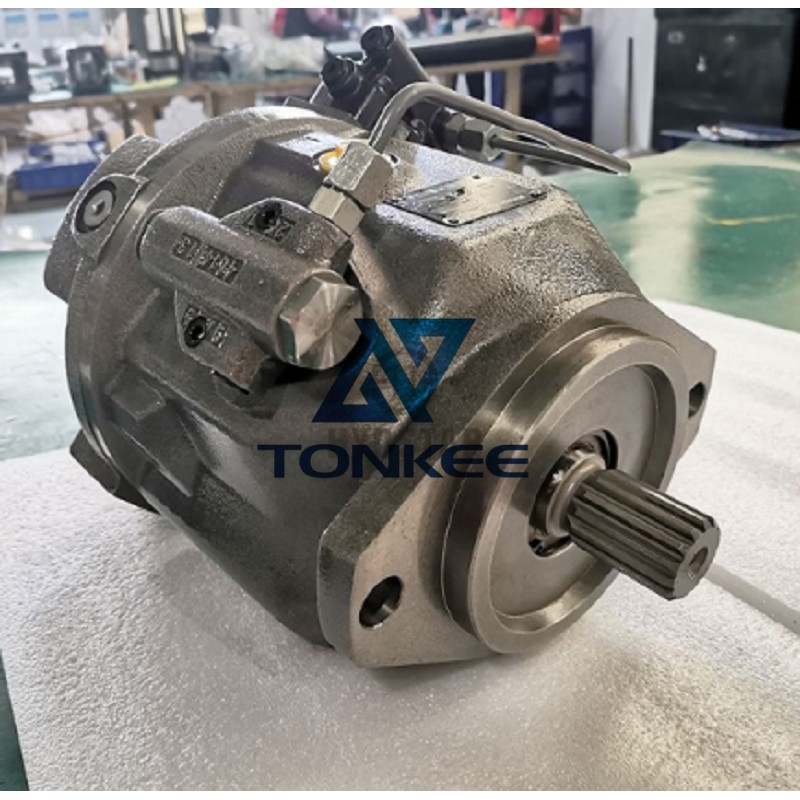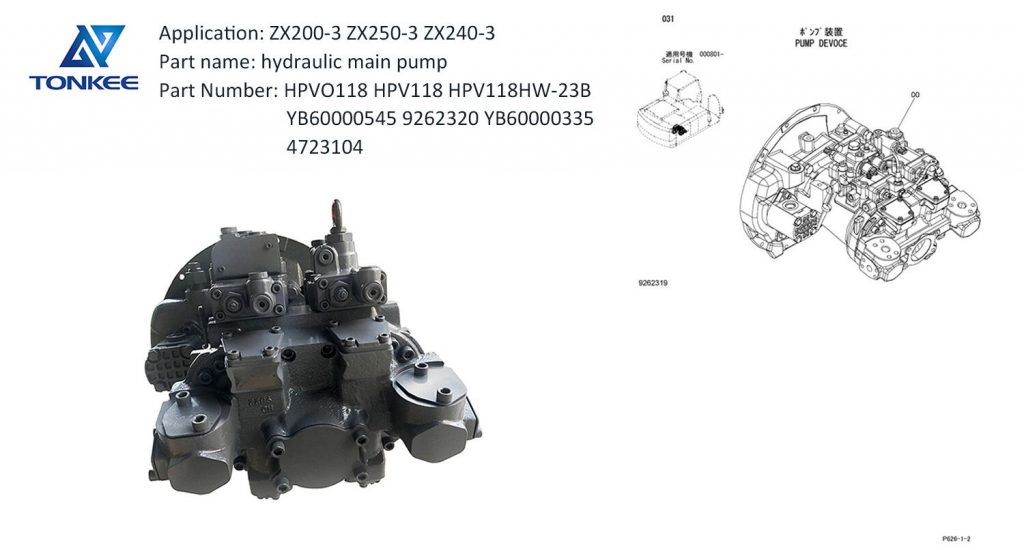
Piston pumps operate on the principle of positive displacement.
They use one or more pistons, typically made of metal or other durable materials, which move back and forth inside a cylinder. As the piston moves, it creates a vacuum in the cylinder, drawing in fluid, and then pressurizes the fluid by pushing it out through an outlet.
Types of Piston Pumps:
There are two main types of piston pumps: axial piston pumps and radial piston pumps. Axial piston pumps have pistons that move parallel to the axis of rotation, while radial piston pumps have pistons that move radially. Each type has its own advantages and applications.
Construction:
A typical piston pump consists of a cylinder, a piston or pistons, inlet and outlet valves, and a drive mechanism. The cylinder is often made of high-strength materials like steel to withstand high pressure. The piston is sealed within the cylinder using seals to prevent leakage. Inlet and outlet valves ensure the one-way flow of fluid, and the drive mechanism (often an electric motor or an internal combustion engine) generates the reciprocating motion of the piston.
Flow Rate and Pressure:
Piston pumps are known for their ability to provide high-pressure and high-flow rate outputs. The exact specifications, such as maximum pressure and flow rate, can vary depending on the design and size of the pump. They are commonly used in applications where high pressure is required, such as hydraulic systems.
Efficiency:
Piston pumps are generally highly efficient due to their positive displacement nature.
They maintain a consistent flow rate regardless of the system pressure, making them suitable for applications where precise control is required.
Materials and Compatibility:
The choice of materials for the pump's components depends on the type of fluid being handled. Many piston pumps are constructed with materials that can withstand a wide range of chemicals and fluids, making them versatile in various industries.
Lubrication:
Proper lubrication is essential for the longevity and performance of piston pumps. Some piston pumps are self-lubricating, while others require external lubrication. It's important to follow manufacturer recommendations for lubrication to prevent premature wear and damage.
Maintenance:
Regular maintenance is essential to ensure the reliable operation of a piston pump. This includes checking and replacing seals, inspecting valves, and monitoring for any signs of wear and tear. Maintenance schedules should be established and followed to minimize downtime and ensure the pump's longevity.
Noise and Vibration:
Piston pumps can produce noise and vibrations during operation, which can vary depending on the design and size of the pump. Proper installation and dampening measures may be required in applications where noise and vibrations are a concern.



 English
English Русский язык
Русский язык




